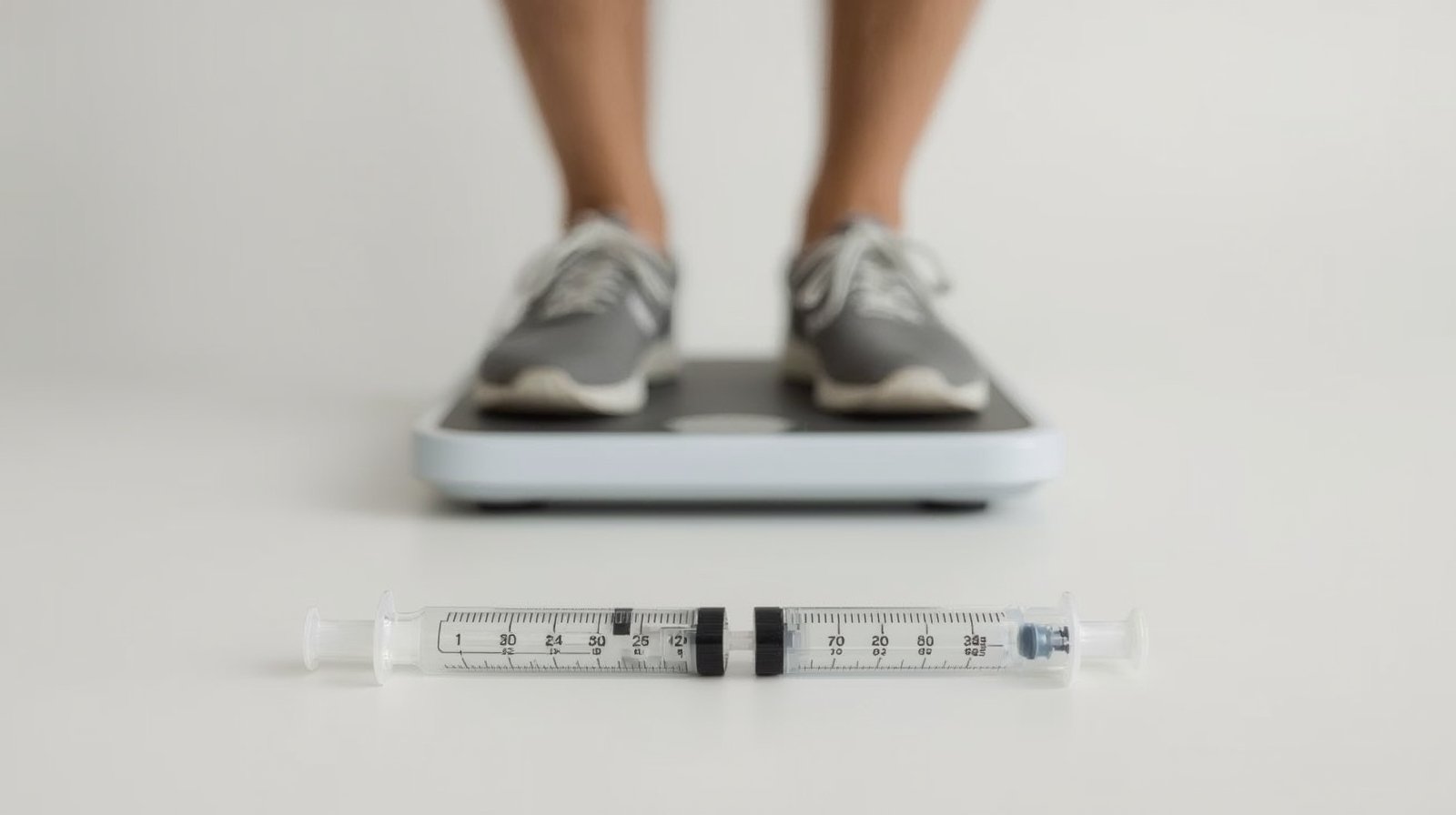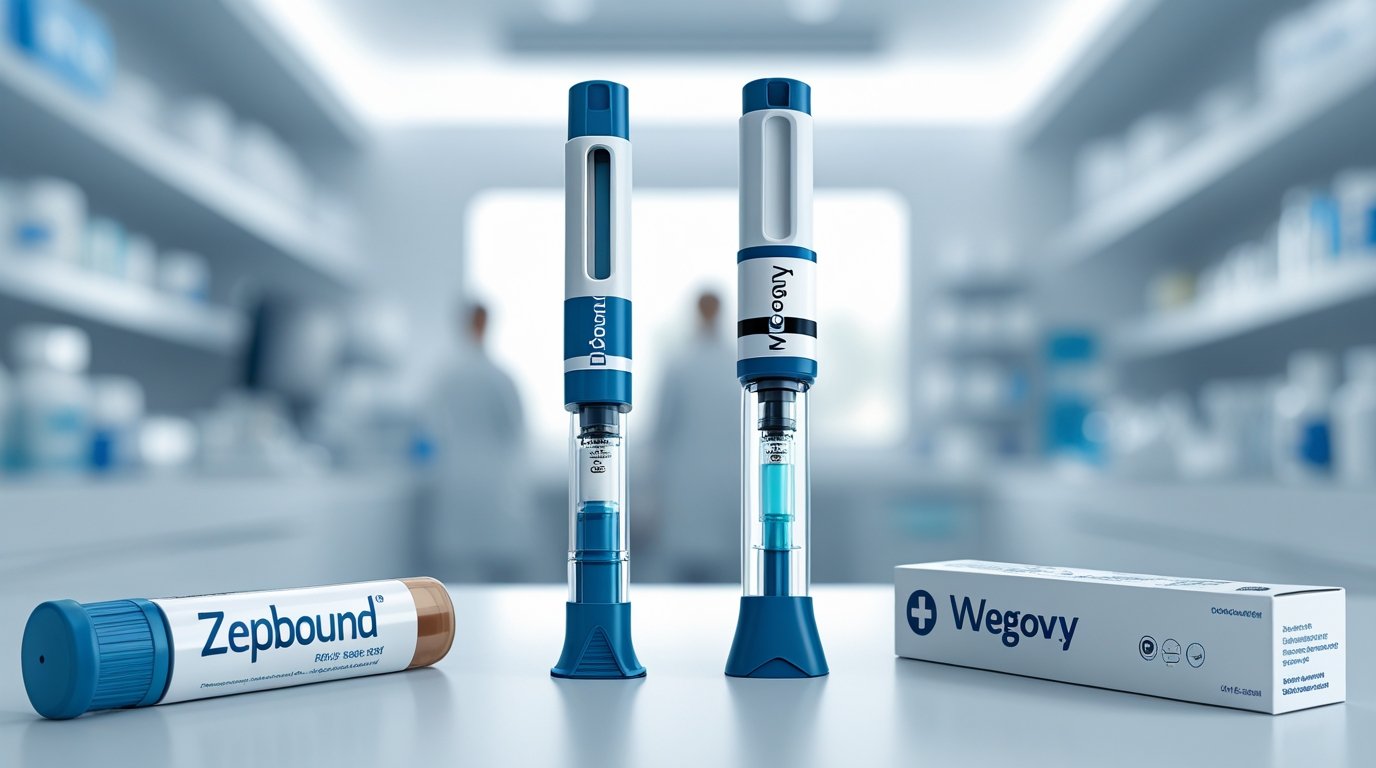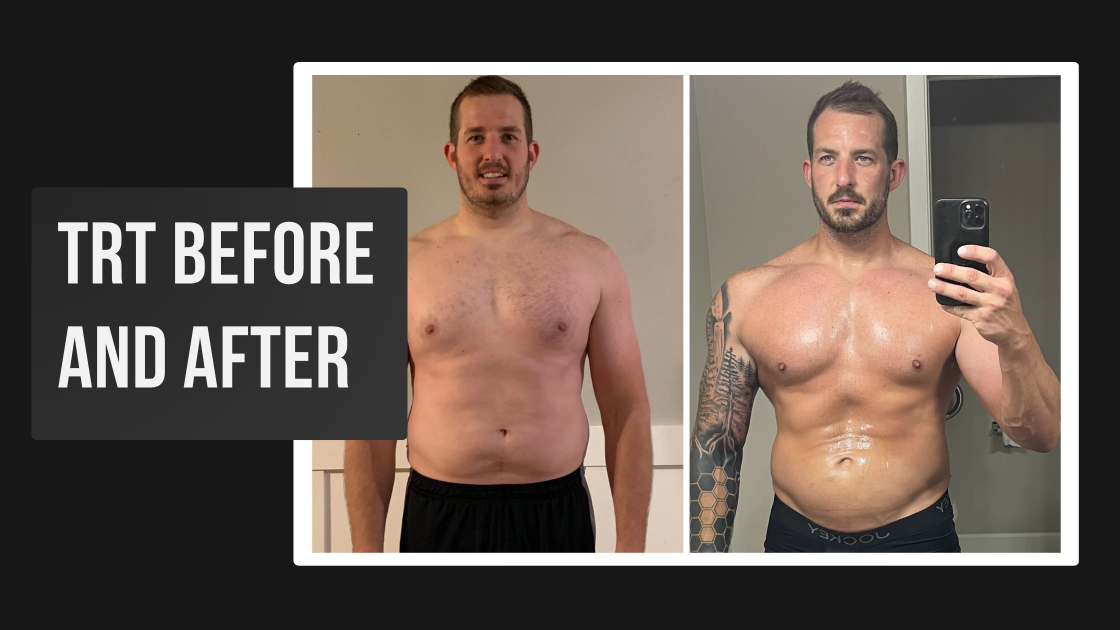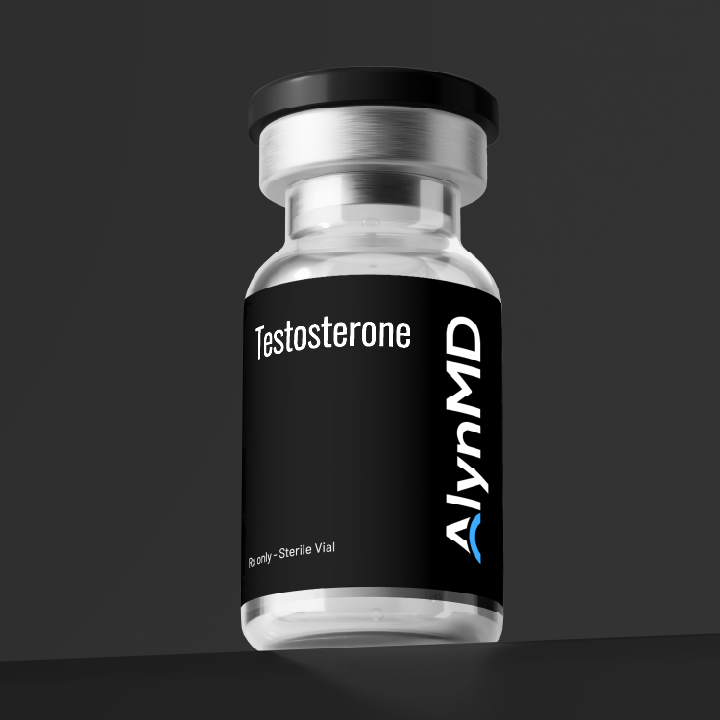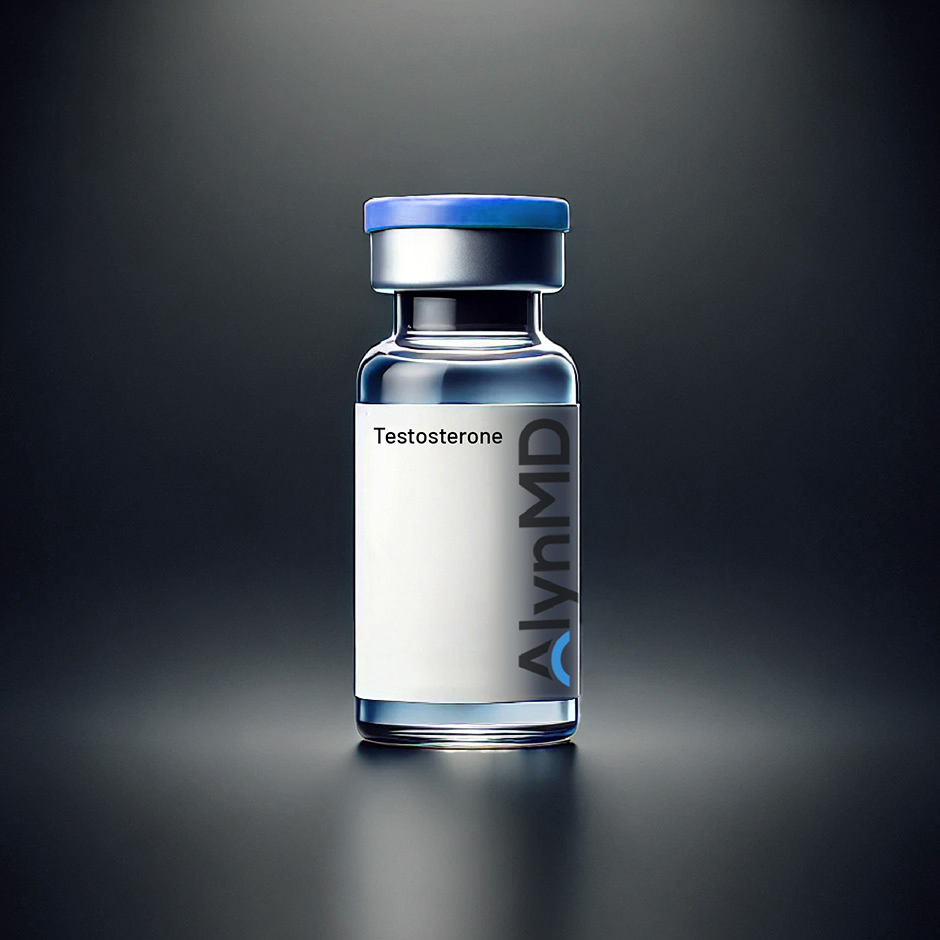
The rise of GLP-1 medications has revolutionized weight management and diabetes care, but choosing between Ozempic and Wegovy can be confusing for many patients. Both medications contain the same active ingredient, semaglutide, yet they serve different purposes, target different populations, and have distinct approval pathways that significantly impact access and cost.
Understanding the differences between Ozempic and Wegovy is crucial for making an informed decision about your weight loss journey. While both are injectable weight loss drugs that have shown remarkable efficacy in clinical trials, their FDA approvals, dosing schedules, and insurance coverage patterns create important distinctions that could determine which option is right for you.
This comprehensive guide will break down everything you need to know about Ozempic vs Wegovy, from their mechanisms of action to practical considerations like cost and insurance coverage. Whether you’re managing type 2 diabetes, seeking significant weight loss, or exploring your options for chronic weight management, this comparison will help you understand which medication aligns best with your health goals and circumstances.
Quick Answer: Ozempic vs Wegovy Key Differences
Before diving into the detailed comparison, here are the essential differences between Ozempic and Wegovy that most patients need to know:
FDA Approval Status: Wegovy is specifically approved for weight loss and chronic weight management, while Ozempic is FDA-approved for type 2 diabetes and cardiovascular risk reduction. Using Ozempic for weight loss is considered off label use.
Dosing Differences: Wegovy reaches higher maximum doses up to 2.4mg weekly, compared to Ozempic’s typical maximum of 1mg weekly (though 2mg is available). This higher dose contributes to Wegovy’s superior weight loss results.
Weight Loss Efficacy: Clinical trials show Wegovy achieving 15-20% average weight loss compared to Ozempic’s 6-7% when used for diabetes management. When Ozempic is used off label for weight loss, patients typically see around 10% body weight reduction.
Insurance Coverage: This represents one of the most significant practical differences. Wegovy is often covered by insurance when prescribed for obesity or weight related health conditions, while Ozempic used for weight loss may require out-of-pocket payment since it’s off label use.
Injection Device: Both are once weekly semaglutide injections, but they come in different pen designs. Ozempic uses a multi-dose pen that patients refill, while Wegovy comes in single-use, pre-filled pens.
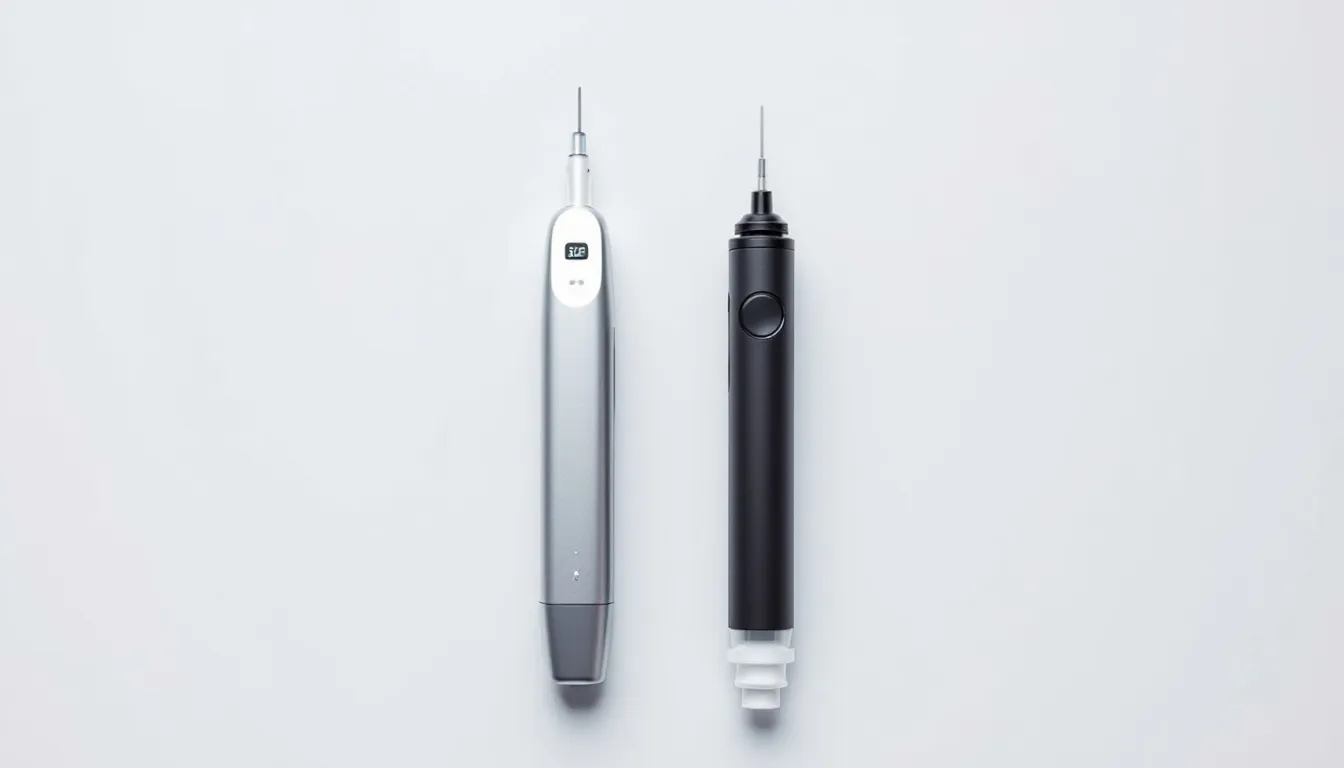
How Semaglutide Works: The Science Behind Both Medications
Both Ozempic and Wegovy work through the same mechanism as GLP-1 receptor agonists (glucagon-like peptide-1 drugs). Understanding how semaglutide functions in your body helps explain why these medications are so effective for both blood sugar control and weight management.
GLP-1 Receptor Activation: Semaglutide mimics the action of natural incretin hormones that your body produces in response to food intake. When you eat, these hormones normally signal your pancreas to release insulin and help regulate blood sugar levels. Semaglutide amplifies and extends these natural signals.
Appetite Suppression and Satiety: The weight loss effect largely stems from semaglutide’s action in the brain, particularly the hypothalamus, which controls appetite and food intake. The medication promotes feelings of fullness and significantly reduces hunger, leading to decreased appetite and naturally lower caloric consumption.
Gastric Emptying Delay: Semaglutide slows down gastric emptying, meaning food stays in your stomach longer. This mechanical effect enhances satiety and helps you feel satisfied with smaller portions, contributing to weight reduction over time.
Blood Sugar Regulation: For patients with diabetes, semaglutide stimulates insulin release when blood glucose levels are elevated and suppresses glucagon (a hormone that raises blood sugar). This glucose dependent action means the medication works when needed but doesn’t cause low blood sugar when glucose levels are normal.
Cardiovascular Benefits: Both medications have demonstrated cardiovascular benefits in clinical trials, including reduced risk of heart attack, stroke, and cardiovascular death in patients with established cardiovascular disease or multiple risk factors.
The same drug mechanism explains why patients often experience similar side effects with both Ozempic and Wegovy, particularly gastrointestinal adverse events like nausea and digestive system changes during the initial titration period.
FDA Approvals and Ideal Use Cases
The FDA approval differences between Ozempic and Wegovy create distinct pathways for patient access and insurance coverage, making this one of the most important factors in medication selection.
Ozempic FDA Approvals: First approved in 2017, Ozempic is specifically approved for adults with type 2 diabetes to improve blood sugar control alongside diet and exercise. The FDA later expanded its approval to include cardiovascular risk reduction in adults with type 2 diabetes and established cardiovascular disease. More recently, Ozempic received approval for chronic kidney disease in patients with type 2 diabetes.
Wegovy FDA Approvals: Approved in 2021, Wegovy was the first GLP-1 medication specifically approved for chronic weight management in adults with obesity (body mass index of 30 or higher) or adults who are overweight (BMI 27 or higher) with at least one weight related health condition such as high blood pressure, high cholesterol, or type 2 diabetes. In 2022, the FDA extended approval to adolescents 12 years and older meeting similar criteria.
Off-Label Prescribing Considerations: While doctors can legally prescribe Ozempic off label for weight loss, this practice has important implications. Insurance companies typically don’t cover off label use, meaning patients may pay full cash prices. Additionally, prescribing off label requires careful documentation and patient counseling about the unapproved use.
Eligibility Criteria Differences: To qualify for Wegovy, patients generally need to meet BMI thresholds (30+ for obesity, 27+ with comorbidities) and demonstrate previous weight loss attempts. For Ozempic, patients need a diagnosis of type 2 diabetes, regardless of their weight status.
Clinical Indications: Healthcare providers typically recommend Ozempic for patients who need both diabetes management and modest weight loss, while Wegovy is ideal for patients primarily seeking significant weight loss, whether or not they have diabetes.
Dosing and Titration Protocols
The dosing schedules for Ozempic and Wegovy follow similar gradual escalation patterns designed to minimize side effects, but they reach different maximum doses and have distinct titration timelines.
Ozempic Dosing Schedule: Treatment begins with a starting dose of 0.25mg once weekly for the first 4 weeks. This initial dose helps your body adjust to the medication and reduces the likelihood of gastrointestinal side effects. After 4 weeks, the dose increases to 0.5mg weekly. If additional blood sugar control or weight loss is needed, doctors may increase to 1mg weekly after another 4 weeks. Some patients may benefit from the maximum dose of 2mg weekly, though this higher dose is less commonly used.
Wegovy Dosing Schedule: Wegovy follows a more extended titration schedule to reach its higher final dose. Patients start with 0.25mg weekly for 4 weeks, then increase to 0.5mg for 4 weeks, followed by 1mg for 4 weeks, then 1.7mg for 4 weeks, and finally reach the maximum tolerated dose of 2.4mg weekly by week 16. This gradual escalation over 16 weeks helps minimize side effects while maximizing efficacy.
Personalized Titration with Alyn MD: Healthcare providers like those at Alyn MD often customize titration schedules based on individual patient responses. Some patients may need slower dose increases if they experience significant side effects, while others may tolerate faster escalation. The goal is finding each patient’s optimal balance between efficacy and gastrointestility.
Injection Technique and Storage: Both medications are administered via subcutaneous injection in the thigh, upper arm, or abdomen. Patients rotate injection sites to prevent skin irritation. The medications require refrigeration but can be at room temperature for up to 28 days once in use.
Missed Dose Guidelines: If you miss a dose and it’s been less than 5 days, take the injection as soon as possible. If more than 5 days have passed, skip the missed dose and resume your regular dosing schedule with the next weekly injection.

Weight Loss Efficacy: Clinical Trial Results
The clinical trial data reveals significant differences in weight loss outcomes between Wegovy and Ozempic, largely due to their different dosing strategies and target populations.
Wegovy Clinical Trial Results: The landmark STEP clinical trials demonstrated impressive weight loss results for Wegovy. In the STEP 1 trial involving non-diabetic adults with obesity, participants lost an average of 15-17% of their initial body weight over 68 weeks. This translates to approximately 35 pounds of weight loss for someone starting at 200 pounds. Remarkably, 83% of participants lost at least 5% of their body weight, and 48% achieved at least 15% weight reduction.
Ozempic Weight Loss Data: While primarily studied for diabetes management, Ozempic trials show more modest weight loss results. In diabetes-focused studies, participants typically lost 6-7% of their body weight, approximately 14 pounds over 40 weeks for a 200-pound individual. However, when prescribed off label specifically for weight loss in non-diabetic patients, some studies suggest average weight loss closer to 10% of body weight.
Individual Variability in Results: Clinical trials show wide variation in individual responses, with some patients losing 5% of their body weight while others achieve 25% reduction. Factors influencing efficacy include baseline weight, diabetes status, adherence to medication and lifestyle changes, genetic factors, and concurrent medications.
Timeline for Significant Weight Loss: Both medications typically produce noticeable weight loss within the first 12 weeks, with maximum effects usually seen between 3-6 months of treatment. However, some patients continue to lose weight for up to a year or more with consistent use.
Maintenance Requirements: Both medications require continued use to maintain weight loss benefits. Clinical studies show that discontinuing treatment often leads to weight regain, emphasizing the importance of viewing these as long-term weight management tools rather than short-term solutions.
Comparative Effectiveness Studies: While head-to-head trials comparing Ozempic and Wegovy are limited, indirect comparisons suggest that Wegovy’s higher dosing leads to superior weight loss outcomes, making it the preferred choice for patients primarily seeking significant weight loss.
Side Effects and Safety Profile Comparison
Both Ozempic and Wegovy share similar safety profiles since they contain the same active ingredient, but the higher doses used in Wegovy may increase the likelihood of certain side effects.
Most Common Side Effects: The most frequently reported adverse events for both medications are gastrointestinal. Nausea affects approximately 44% of patients during titration, while vomiting occurs in about 24% of users. Diarrhea, constipation, and abdominal pain are also common, particularly during dose escalation periods. These effects typically diminish as your body adjusts to the medication.
Dose-Related Side Effect Patterns: Wegovy’s higher maximum dose may lead to more pronounced gastrointestinal adverse events compared to the lower doses typically used with Ozempic. However, the gradual titration schedule helps minimize these effects for most patients.
Serious Safety Warnings: Both medications carry black box warnings about potential thyroid tumors, specifically medullary thyroid carcinoma. While this risk appears primarily in animal studies, patients with personal or family history of medullary thyroid cancer or multiple endocrine neoplasia syndrome type 2 should not use these medications.
Pancreatitis Risk: Rare cases of pancreatitis have been reported with GLP-1 medications. Patients should seek immediate medical attention for severe abdominal pain that may radiate to the back and may be accompanied by vomiting.
Gallbladder Complications: Rapid weight loss associated with these medications may increase the risk of gallstone formation and gallbladder disease. Patients should report symptoms like severe abdominal pain, particularly in the upper right abdomen.
Blood Sugar Considerations: While hypoglycemia (low blood sugar) is uncommon with these medications alone, the risk increases when combined with insulin or sulfonylureas. Patients taking these combinations may need dose adjustments of their other medications.
Cardiovascular Safety: Both medications have demonstrated cardiovascular safety in large clinical trials, with some studies showing reduced risk of heart attacks and strokes in high-risk patients.
Pregnancy and Breastfeeding: Neither medication is recommended during pregnancy, as animal studies suggest potential fetal harm. Women of childbearing age should use effective contraception and discontinue the medication at least 2 months before attempting pregnancy.
Cost, Insurance Coverage, and Availability
The financial aspects of choosing between Ozempic and Wegovy often play a decisive role in medication selection, with significant differences in insurance coverage and out-of-pocket costs.
Monthly Cash Prices: Without insurance coverage, both medications cost between $900-1,400 per month, making them among the most expensive prescription medications available. The exact price varies by pharmacy and may fluctuate based on supply and demand.
Insurance Coverage Patterns: This represents perhaps the most significant practical difference between the medications. Wegovy enjoys broader insurance coverage when prescribed for obesity or weight related conditions, with many plans covering the medication after prior authorization. Ozempic is well-covered for diabetes management but may not be covered when prescribed off label for weight loss, leaving patients responsible for full cash prices. For those seeking personalized health optimization solutions, memberships such as AlynMD may offer an integrated approach to health alongside compounded medication options.
Prior Authorization Requirements: Most insurance plans require prior authorization for both medications, but the approval criteria differ. For Wegovy, insurers typically require documentation of BMI thresholds, previous weight loss attempts, and medical necessity. For Ozempic used for weight loss, prior authorization may be denied entirely since it’s off label use.
Patient Assistance Programs: Both manufacturers offer patient assistance programs that can significantly reduce costs for qualifying individuals. Novo Nordisk provides savings cards that may reduce monthly costs to as low as $25-35 for commercially insured patients, though eligibility requirements and coverage limits apply.
Supply Chain Challenges: Both medications have experienced periodic shortages throughout 2023 and 2024, driven by unprecedented demand. These shortages can affect availability and may drive up cash-pay prices at some pharmacies. Patients should work with their healthcare providers to identify reliable pharmacy sources and consider backup plans.
Generic Alternatives: Currently, no generic versions of semaglutide are available, as the medications are still under patent protection. This means patients must pay brand-name prices regardless of which option they choose.
Cost-Effectiveness Considerations: While the monthly costs are substantial, some patients and healthcare economists argue that the medications may be cost-effective when considering potential savings from reduced healthcare utilization for obesity-related conditions like diabetes, heart disease, and sleep apnea.

Who Should Choose Ozempic vs Wegovy
Selecting between Ozempic and Wegovy depends on multiple factors including your primary health goals, medical history, insurance coverage, and weight loss expectations.
Ideal Ozempic Candidates: Patients with type 2 diabetes represent the primary target population for Ozempic, particularly those who also want to lose weight. The medication excels for individuals needing blood sugar control alongside modest weight reduction. Patients with established cardiovascular disease or multiple cardiovascular risk factors may particularly benefit from Ozempic’s proven cardiovascular protection. Additionally, patients whose insurance covers Ozempic for diabetes but not Wegovy for weight loss may find this the more accessible option.
Ideal Wegovy Candidates: Non-diabetic individuals with significant weight loss goals should typically choose Wegovy, especially those with body mass index above 30 or above 27 with weight related health conditions. Patients who have struggled with traditional diet and exercise approaches and need substantial weight reduction often see better results with Wegovy’s higher dosing. Adolescents aged 12 and older with obesity may also be candidates for Wegovy under appropriate medical supervision.
Insurance Pathway Considerations: Your insurance coverage often determines the practical choice between medications. Patients with diabetes diagnoses typically have easier access to Ozempic, while those seeking weight management may find Wegovy more accessible through obesity-related coverage pathways.
Lifestyle and Commitment Factors: Both medications require long-term commitment to healthy diet and physical activity for optimal results. Patients must be prepared for weekly injections and potential side effects during titration. Those seeking maximum weight loss results may be more motivated to tolerate the higher doses and potential side effects associated with Wegovy.
Medical History Considerations: Patients with previous unsuccessful weight loss attempts may be better candidates for Wegovy’s higher efficacy profile. Those with gastroparesis or severe digestive tract disorders may need careful evaluation before starting either medication. Patients with thyroid cancer history or family history should avoid both options.
Age and Special Populations: While both medications are approved for adults, Wegovy has specific approval for adolescents 12 and older, making it the only option in this age group. Older adults may need more careful monitoring regardless of which medication they choose.
Switching Between Ozempic and Wegovy
Many patients consider switching between these medications due to insurance changes, inadequate weight loss results, or side effect management needs. Understanding the transition process helps ensure safe and effective medication changes.
Common Reasons for Switching: Insurance formulary changes represent the most frequent reason patients switch between Ozempic and Wegovy. Some patients initially prescribed Ozempic for diabetes may want to transition to Wegovy for enhanced weight loss benefits. Conversely, patients experiencing side effects on Wegovy’s higher doses might benefit from Ozempic’s lower dosing options.
Medical Supervision Requirements: Any transition between these medications should occur under close medical supervision. Healthcare providers need to assess your current response, adjust dosing appropriately, and monitor for any complications during the switch. Attempting to change medications without medical guidance can lead to inadequate dosing or increased side effects.
Dose Conversion Guidelines: Since both medications contain the same active ingredient, dose conversion is generally straightforward. However, patients switching from Ozempic to Wegovy may need to continue titrating upward to reach Wegovy’s higher therapeutic doses. Those moving from Wegovy to Ozempic might start at a comparable dose if their current Wegovy dose is within Ozempic’s range.
Titration Reset Considerations: Some patients may benefit from a titration reset when switching, particularly if they experienced significant side effects previously. This approach involves starting at a lower dose and gradually increasing, even if they previously tolerated higher doses of the other medication.
Timing and Transition Strategies: Most healthcare providers recommend seamless transitions without gaps in treatment to maintain weight loss momentum and avoid potential rebound effects. The timing of the switch often depends on your current injection schedule and the need for any dose adjustments.
Avoiding Treatment Gaps: Interruptions in GLP-1 therapy can lead to rapid return of appetite and potential weight regain. Alyn MD’s providers carefully coordinate medication switches to ensure patients maintain therapeutic benefits throughout the transition process.
Insurance Coordination: Switching medications often requires new prior authorization approvals, which can take several weeks. Patients should initiate insurance approval processes well before their current medication supply runs out to avoid treatment interruptions.
Comparison Table: Ozempic vs Wegovy at a Glance
Factor | Ozempic | Wegovy |
|---|---|---|
Active Ingredient | Semaglutide | Semaglutide |
FDA Indications | Type 2 diabetes, cardiovascular risk reduction | Chronic weight management |
Dosing Range | 0.25mg – 2mg weekly | 0.25mg – 2.4mg weekly |
Starting Dose | 0.25mg weekly | 0.25mg weekly |
Maximum Dose | 2mg weekly | 2.4mg weekly |
Typical Weight Loss | 6-7% (diabetes studies) | 15-17% (obesity studies) |
Injection Frequency | Once weekly | Once weekly |
Pen Design | Multi-dose pen | Single-use pen |
Common Side Effects | Nausea, vomiting, diarrhea | Nausea, vomiting, diarrhea |
Monthly Cost | $900-1,400 | $900-1,400 |
Insurance Coverage | Good for diabetes | Good for obesity |
Best For | Diabetes + modest weight loss | Significant weight loss |
Off-Label Use | Weight loss (common) | Diabetes (uncommon) |
Age Approval | Adults only | Adults and adolescents 12+ |
Getting Started: Next Steps with Alyn MD
Choosing between Ozempic and Wegovy requires personalized medical evaluation that considers your unique health profile, goals, and circumstances. Alyn MD’s comprehensive GLP-1 program provides the expert guidance and ongoing support needed to optimize your results with compounded versions of these medications.
Comprehensive Evaluation Process: Alyn MD’s healthcare providers conduct thorough assessments to determine your candidacy for GLP-1 medications. This evaluation includes reviewing your medical history, current medications, weight loss goals, insurance coverage, and potential contraindications. The team considers factors like your diabetes status, cardiovascular risk profile, and previous weight loss attempts to recommend the most appropriate medication.
Personalized Medication Selection: Rather than taking a one-size-fits-all approach, Alyn MD’s providers consider your individual circumstances to recommend either Ozempic or Wegovy. They help navigate insurance coverage issues, evaluate cost-effectiveness for your situation, and select the medication most likely to achieve your specific health goals.
Ongoing Monitoring and Titration Support: Starting a GLP-1 medication is just the beginning of your journey. Alyn MD provides continuous monitoring throughout your titration period, adjusting doses based on your response and tolerability. Their providers are experienced in managing side effects and optimizing dosing schedules to maximize benefits while minimizing adverse effects.
Integration with Lifestyle Coaching: Medication alone isn’t sufficient for optimal results. Alyn MD integrates nutritional guidance and lifestyle coaching to help you develop sustainable habits that complement your medication therapy. This comprehensive approach addresses the healthy diet and physical activity components essential for long-term success.
Access & Eligibility (Cash-Pay Only): To keep care straightforward, Alyn MD does not accept insurance and cannot support prior authorization or appeals processes. We provide transparent pricing and medical guidance so you know exactly what to expect at each step of treatment.
Long-term Success Planning: Achieving significant weight loss is only part of the equation – maintaining those results requires ongoing support. Alyn MD develops long-term maintenance strategies, monitors for weight regain, and adjusts treatment plans as needed to help you maintain your healthy weight over time.
The decision between Ozempic and Wegovy shouldn’t be made in isolation. These powerful weight loss medications require expert medical supervision to ensure safe and effective use. Schedule a consultation with Alyn MD today to receive personalized guidance on which GLP-1 medication is right for you and to begin your journey toward successful, sustainable weight management.
Don’t let confusion about these medications delay your progress toward better health. Contact Alyn MD’s GLP-1 specialists to discuss your options and take the first step toward


